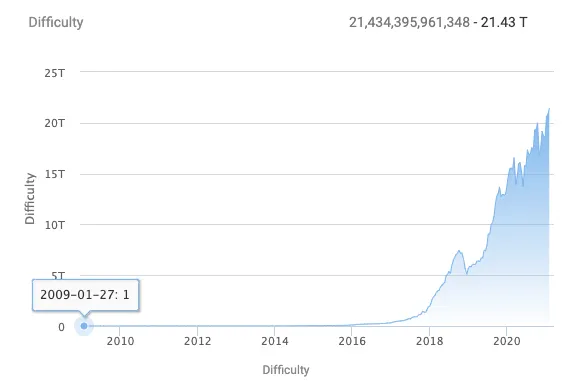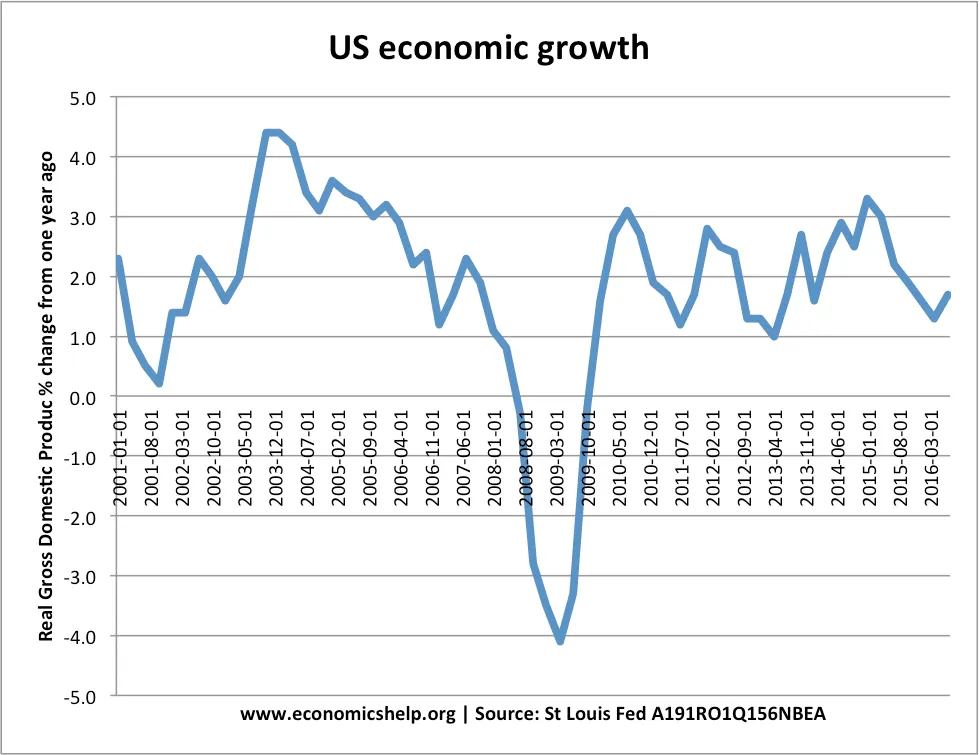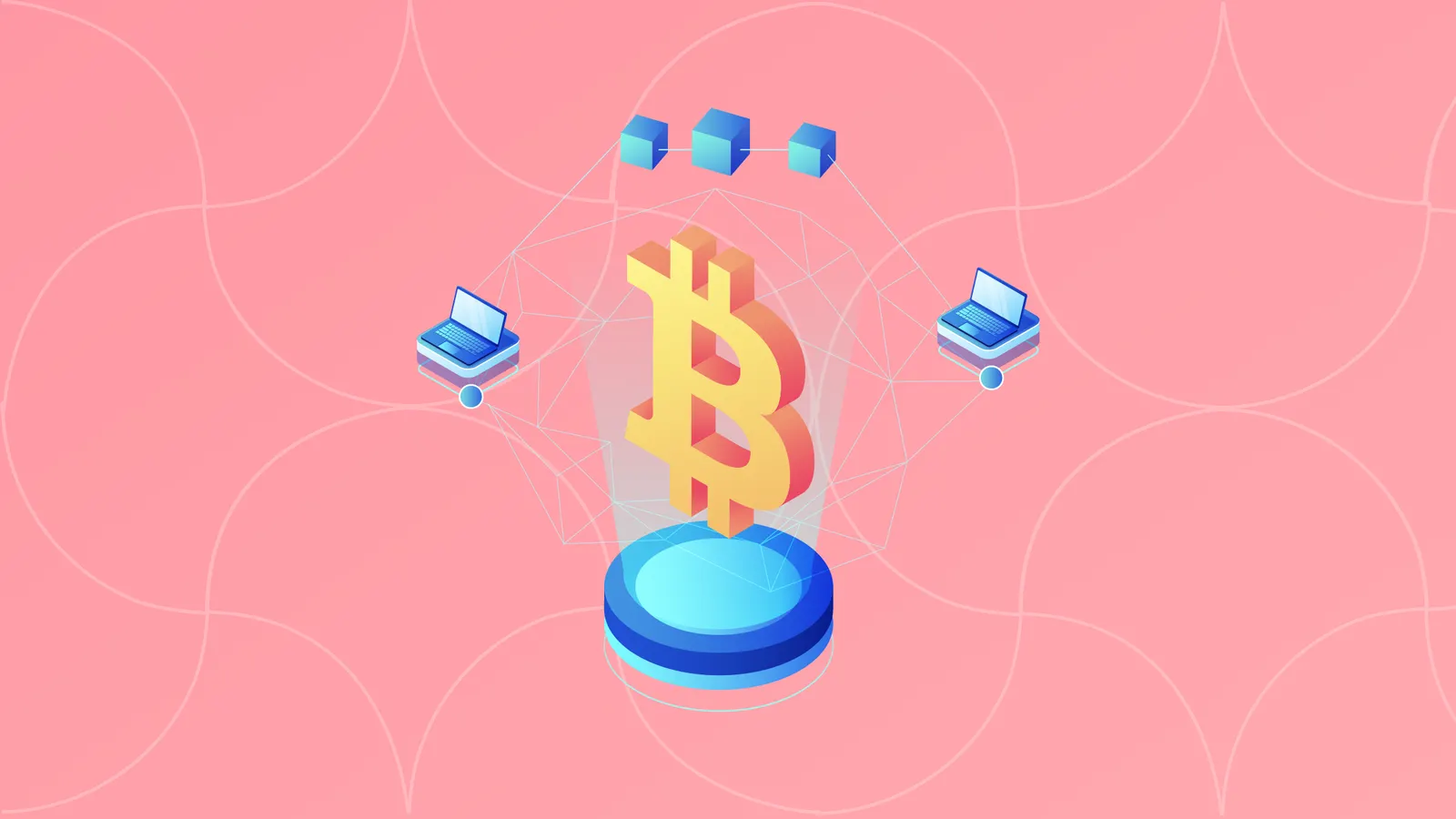In brief
- Bitcoin first launched on January 3, 2009, with the creation of the genesis block.
- Although its pseudonymous creator Satoshi Nakamoto may have mined 1.1 million BTC, he is only known to have 'spent' 10 BTC.
- The block contains a number of easter eggs, one of which strongly hints at the purpose of the Bitcoin blockchain.
On Saturday, January 3, 2009, Bitcoin was born. With the creation of the very first Bitcoin block—known as the 'Genesis Block'—the first set of 50 BTC was mined into existence.
This genesis block is considered the start of the Bitcoin blockchain—and the beginning of the cryptocurrency revolution.
Many would argue that the day it was minted represents Bitcoin's birthday. Though others instead believe that Bitcoin's birthday is actually three months earlier—when the Bitcoin whitepaper was first released.
As the first block ever created, the genesis block is the start of the immutable database that is the Bitcoin blockchain, and represents the first example of a peer-to-peer digital currency secured by sound cryptographic principles. But unlike other blocks, it has several unique properties, adding a layer of hidden meaning that might not be apparent at first glance.
What is a Genesis Block?
A genesis block is simply the first block mined on a blockchain network.
Blocks are typically added to blockchains either by miners (on proof-of-work networks such as Bitcoin) or validators (on proof-of-stake networks such as Ethereum). Each new block records transactions and references the previous block in the chain.
However, because the genesis block initiates the blockchain and doesn’t have any previous blocks to refer back to, it is created by the blockchain’s developers. In the case of Bitcoin, that’s its pseudonymous creator, Satoshi Nakamoto.
The genesis block establishes the rules under which the blockchain operates, such as mining difficulty and block rewards. Bitcoin’s genesis block set the reward for mining a block at 50 BTC, which halves approximately every four years until its supply cap of 21 million BTC is reached.
The Genesis of Bitcoin
The Bitcoin genesis block was originally referred to as 'block 1', but is now generally described as 'block 0' by modern clients—this number refers to its block height, i.e. its distance from the very first block in the blockchain.
Every successive block is linked together, hence the term 'blockchain.' This is key to blockchain's immutability and security.
Each block contains information about the transactions in that block and a hash from the previous block it’s linked to, with the next block containing the hash of all the data from the previous block, and so on. It means that if one transaction is altered, the whole chain is corrupted.
Like all blocks, Bitcoin’s genesis block had a block reward associated with it. As the first-ever block mined, this reward was exactly 50 BTC, but following a succession of block reward halvings, as of April 2024 newly-mined blocks now yield just 3.125 BTC as a reward.
Typically, this subsidy would be distributed to the miner responsible for successfully mining the associated block, who could then spend it as they please. But the genesis block is the exception to this rule. Though the reward was transferred to a regular address: '1A1zP1eP5QGefi2DMPTfTL5SLmv7DivfNa'—it cannot be spent. This is due to a possibly intentional quirk or bug, which prevented the transaction from being added to Bitcoin's UTXO database.

"The genesis block, as the first block in existence, cannot be linked to a previous block, which gives it some weird properties. This likely led to Satoshi’s decision to not submit the 50 BTC reward to Bitcoin’s transaction database," AllianceBlock Founder and CTO Matthijs de Vries told Decrypt.
Nonetheless, any other BTC sent to the first Bitcoin address can be spent as usual by the address' owner (who is, presumably, Satoshi). In total, an additional 99.80 BTC (worth around $6.1 million) has been sent to the address as of April 2024.
The address tends to receive several payments each week and nobody knows exactly why—some theorize that it's a way of saying "thank you" to Satoshi or that others have simply set it as their change address. Notably, in January 2024, one user sent 26.92 BTC, then worth over $1.2 million, to the “genesis wallet” address.
It's possible that at least some of these transfers intend to force Satoshi to inadvertently reveal his (or her) identity through the 'common-input-ownership heuristic', which could potentially be used to link a transaction to a real-world identity under the right conditions.
Unlike the vast majority of Bitcoin blocks mined today, the genesis block was almost certainly mined by a computer using its central processing unit (CPU). The first block only had a difficulty of 1, which means it was likely mined practically instantly. As of April 2024, the block mining difficulty stands at 88.1 trillion (and growing)—requiring highly specialized mining hardware known as an ASIC to remain competitive.

Curiously, there was a 6-day delay between the creation of the first block and the second block—rather than the 10-minute delay that we see today. This has led some to speculate that Satoshi was emulating the story of creation from the Book of Genesis—in which the Judeo-Christian God creates the Earth and everything around it in 7 days, with the 7th day being a day of rest.
The early days of Bitcoin
On 31 October, 2008, Bitcoin was announced via a popular cryptography mailing list. This is when Satoshi Nakamoto published the Bitcoin whitepaper, titled Bitcoin: A Peer-to-Peer Electronic Cash System.
It wasn't until three months later that the Bitcoin network actually became operational—when Satoshi mined the aforementioned genesis block.
The earliest version of Bitcoin's source code, dated November 17, 2008, was uploaded on Bitcointalk by user 'Cryddit' in 2013 and contains several interesting features that hint at Satoshi's thought process when creating it.
For example, Satoshi refers to the smallest unit of a Bitcoin (now known as a satoshi) as a cent—indicating he may have believed that 100 millionths of a Bitcoin would be the equivalent of one cent—putting the value of Bitcoin at $1 million apiece.
He also described the Bitcoin blockchain as a 'timechain', since it is essentially a chronological record of all the events that occurred on the Bitcoin network.

Satoshi initially described the Bitcoin blockchain as a 'timechain'. (Image: Bitcointalk)[/caption]
Although the Bitcoin network first went live on January 3, 2009, it took more than a week before the first Bitcoin transaction was actually made. According to January 12, 2008 tweet, it appears that early cypherpunk Hal Finney was the first person to receive Bitcoin on the network.
This transaction took place in block 170 and was a direct transfer of 10 BTC from Satoshi Nakamoto to Hal Finney. Beyond this, it is thought Satoshi Nakamoto hasn't spent any of this estimated 1.1 million BTC hoard.
Running bitcoin
— halfin (@halfin) January 11, 2009
The value of BTC was largely arbitrary for the first year and a half of its existence, but one of the first documented commercial purchases using the cryptocurrency occurred in May 2010, when computer programmer Laszlo Hanyecz paid 10,000 BTC for two pizzas worth $41. At the time, this pegged the value of each BTC at approximately $0.04—a far cry away from its current value of $61,000. As of April 2024, the Bitcoin that paid for those pizzas would be worth around $612 million.
The Easter Egg
When the Bitcoin whitepaper was first released in November 2008 the world was in the midst of a global recession

This period, now known as the 'Great Recession', saw a dramatic decline in national economies between 2007 and 2009, with many countries seeing their unemployment rates skyrocket, stock markets crash, and housing markets plummet.
Moreover, a large number of both private and commercial banks collapsed, leading governments and banks around the world to begin implementing fiscal policies designed to stimulate struggling economies—including quantitative easing and slashing interest rates.
As a reference to this situation, Satoshi included a hidden message referencing British newspaper The Times on the genesis block's coinbase timestamp parameter:
The Times 03/Jan/2009 Chancellor on brink of second bailout for banks
Satoshi also hid the same text in reverse on line 1616 of Bitcoin's original code. This was hidden as the hexadecimal string, which when converted into text using a HEX to TEXT converter reveals the text:
sknab rof tuoliab dnoces fo knirb no rollecnahC 9002/naJ/30 semiT ehT
Because of the timing of its release, in addition to the hidden message contained in the genesis block, it is widely believed that Bitcoin was released to provide an alternative monetary system designed to resist the challenges faced by many traditional currencies—like inflation, counterfeiting, and corruption.
This article was first published on February 10, 2021 and updated on April 30, 2024.



